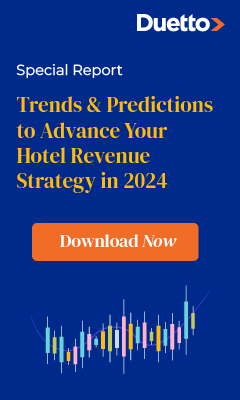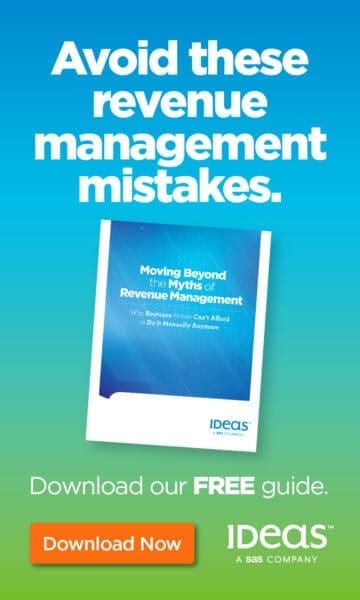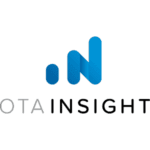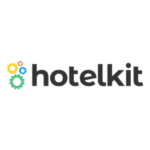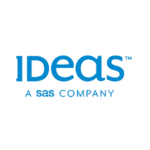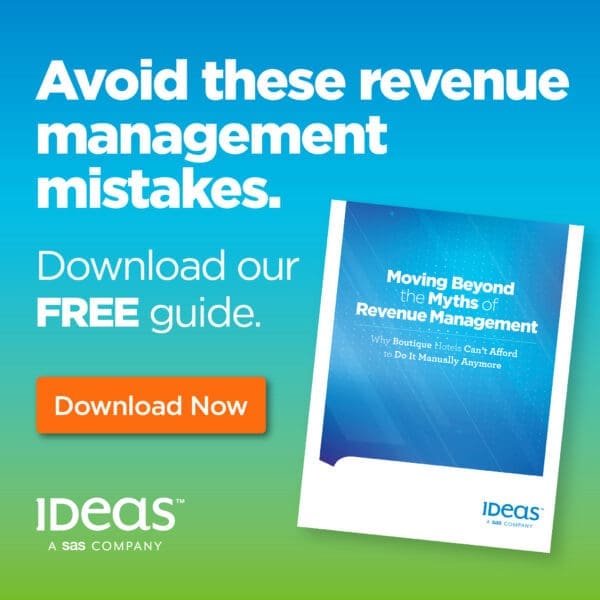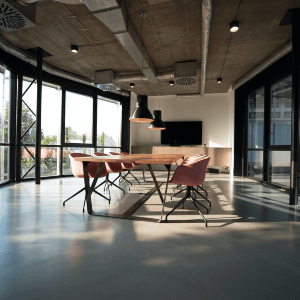 Is the age of Zoom coming to an end? Many of us are falling out of love with it. We’re fed up with failing technology and new and exhausting types of fatigue. There’s a part of us that looks back on our old, office-based lives with a sense of nostalgia.
Is the age of Zoom coming to an end? Many of us are falling out of love with it. We’re fed up with failing technology and new and exhausting types of fatigue. There’s a part of us that looks back on our old, office-based lives with a sense of nostalgia.
It may not be long before we return to them either. With COVID vaccination programs rolling out across the globe and regular testing, in-person meetings and events are making a comeback.
Virtual events might have been a boon to businesses over the lockdown period, but attendees are keen to network in person again. While 34 percent of event organizers expect to invest more in hybrid events over the coming years, 57 percent say they’d rather attend the in-person version than the virtual one.
With growing support for in-person meetings, companies are looking back on what they’ve learned over the past year and a half and using this for the reintroduction of physical meetings. One lesson learned is the importance of a strategic meetings management program (or SMMP).
These programs were a great help during the shift from physical to virtual meetings in 2020, providing companies with comprehensive insight into all meetings and events under their umbrella. With many in-person meetings having to be canceled or made virtual at short notice, SMMPs saved organizers millions of dollars by leveraging attrition clauses to cancel contracts.
This allowed companies to avert critical losses and put money from canceled events aside for lockdown essentials, such as spending on remote working software or phone systems for small business.
SMMPs are not just for crisis control, however. At their heart, these programs are designed to facilitate safe, compliant, and well-monitored meetings across the board – exactly what we need as hybrid meetings become the norm.
According to research from the Aberdeen Group, companies using an SMMP enjoy 48 percent higher compliance with internal policies and procedures and 63 percent better ROI. It’s clear that meeting management programs make meetings more productive then, but can they make them safer?
Read on to find out how to leverage your SMMP for physical meetings in a post-COVID world.
1. Plan Your Space
The first priority when it comes to organizing a physical meeting is choosing the right space. This has never been more important, with the World Health Organization recommending outdoor or well-ventilated indoor spaces for small public gatherings.
There are also social distancing measures to take into account – six feet of physical distance between attendees is recommended. Furthermore, seats and surfaces need to be sanitized between uses, so you want to encourage attendees to stick to a single seat or desk for the duration of the event.
This calls for a thorough understanding of the space the event will be held in, with designated areas where the public can and cannot go. With SMMPs, you can create strategic floor plans to preempt people’s movements and prevent cross-contamination of spaces.
Input accurate measurements of the room you’ll be hosting your event in to create a floor plan, then place objects in it such as chairs, tables, and podiums. These will need to be consistently scaled – ensuring six feet between each – to develop a blueprint for your setup.
Add custom distance standards to your diagram check and allow the program to automatically flag any objects that aren’t six feet apart. This way, you can any fix issues in your virtual space before they become a problem in the actual venue.
You can color-code key areas on the floor plan, such as the stage, where only certain delegates are allowed to go. These can be tagged so collaborators on the day know who to admit to which sections of the room.
Some management programs allow for both 3D and 2D diagramming, offering a birds-eye view of the space as well as a virtual walkthrough experience, so you can put yourself in your attendees’ shoes and gauge whether the venue will feel safely spaced.
These diagrams can be shared via cloud communications, allowing you to “visit” the venue together remotely and update it in real-time. This is particularly helpful when planning a meeting for international delegates, who may have different COVID guidelines in their home countries. By taking them on a virtual walkthrough, you ensure confidence and compliance on the day.
2. Ensure Compliance
Common sense goes a long way when planning a COVID-safe meeting, but it’s still crucial to meet local and national guidelines. Research guidance from your city, state, and country in advance of the meeting and ensure all planners and vendors are aware of this.
Create a page on the event website, outlining the regulations and your part in ensuring compliance. This will put delegates at ease and help organizations adhere to your mandated standards. You can link to this in your invitations or via business email. Putting time aside at the beginning of the meeting to run through the guidelines will keep them fresh in attendees’ minds.
The chief stumbling block here is the constant evolution of safety guidelines, based on case numbers, changing travel rules, and advice from expert researchers. A good SMMP should help you quickly implement policy changes by adjusting your floorplan and communicating with relevant partners.
It should also help you to maintain an approved in-person vendors’ list to ensure safety standards for everyone involved in the request for proposal process without requiring new safety waivers each time.
You may find your local authorities recommend temperature screening and lateral flow testing before or at the door of your event. Information from these tests can be quickly and securely logged on your event management program, allowing you to check all present have tested negative.
Further reassurance might come in the form of a waiver, in which attendees pledge their compliance to local, state, and national guidelines. This is where you can outline your expectations regarding masks, social distancing, and hand sanitizer, as well as ensuring nobody with known exposure or symptoms attends.
Ensure your waiver is clearly phrased and free of jargon, explaining how your organization is working to ensure the safety of attendees. This will put delegates’ minds at rest, as they see your company is maintaining responsibility while waiving liability. These signatures can be securely logged on your management software should they need to be called on.
An SMMP can help update you and your collaborators on the latest protocols, adhering to research from the World Health Organization and Centers for Disease Control. Back this up by following local officials on social media for up-to-date notifications including business closures, health statistics, and travel restrictions.
Should your meeting be compromised by bans or restrictions, your SMMP’s centralized communication tools will allow you to put the word out quickly and reach a decision on how best to proceed.
3. Update Your Policies
It’s not just local and national legislation that should be reactively changing; your event policies also need revisiting in light of the last two years. If you haven’t already, write a new policy or edit your existing one to help employees make safe decisions.
Your policy should include the wearing of masks and provision of hand sanitizer at any meetings you host. It should outline measures for ensuring six feet of social distancing between attendees too. This could include spacing chairs appropriately and marking out safe distances on the floor for queuing.
This is a place to establish uniform communications with attendees. Decide what information will be given to guests before the meeting and how they can access it. In the interest of allowing attendees to give informed consent, more information is always optimal.
Streamline guest communication. Decide what health and safety information all guests will receive before, during, and after the event, plus how the information will be shared in an accessible way.
As your SMMP should handle travel and accommodation for attendees, this is the place to outline policies regarding last-minute cancellation of flights, transfers, or hotels due to COVID cases. Your meeting management program should allow you to quickly inform relevant parties of cancellations so they can seek out alternatives.
4. Keep it Hybrid
While physical meetings are making a comeback, it pays to leave room for virtual options. Should travel bans or local guidelines make it impossible for certain delegates to attend your event, they can still be a part of it via a video conference setup.
Hybrid events allow for a greater diversity of attendees, with immuno-compromised and physically distanced representatives still able to share knowledge and involve themselves in big decisions.
A good meeting management program will be able to keep tabs on both halves of your hybrid event, ensuring the physical component is the best it can be while helping virtual guests feel seen and involved too.
Newcomers to hybrid events may be daunted by some of the technology required. For their sake, it pays to keep communication jargon-free and create helpful resources on virtual attendance, from how to register to how to do a three way call.
A hybrid SMMP will customize each stage of the journey for both physical and virtual audiences, including separate invitations, registration journeys, pricing models, and promotions. It will help you create mixed sessions and separate programs, so in-person attendees and virtual delegates can mingle with one another or enjoy bespoke sessions.
Conclusion
The truth is that events have changed for good. While COVID is better understood and controlled by the week, awareness of it has become our new normal. An SMMP can help your organization move with the times and stay on top of guidance and restrictions as they evolve.
One thing that hasn’t changed is the need for guest-centric meetings. Whether attending in person or via top video conferencing software, attendees’ health, safety, comfort, and confidence are greater priorities than ever. With the right tools in place, you can streamline communication and share carefully curated floor plans to set everyone’s mind at ease.
Are you ready for a new age of meetings? With an SMMP in your toolkit, you soon will be.

















